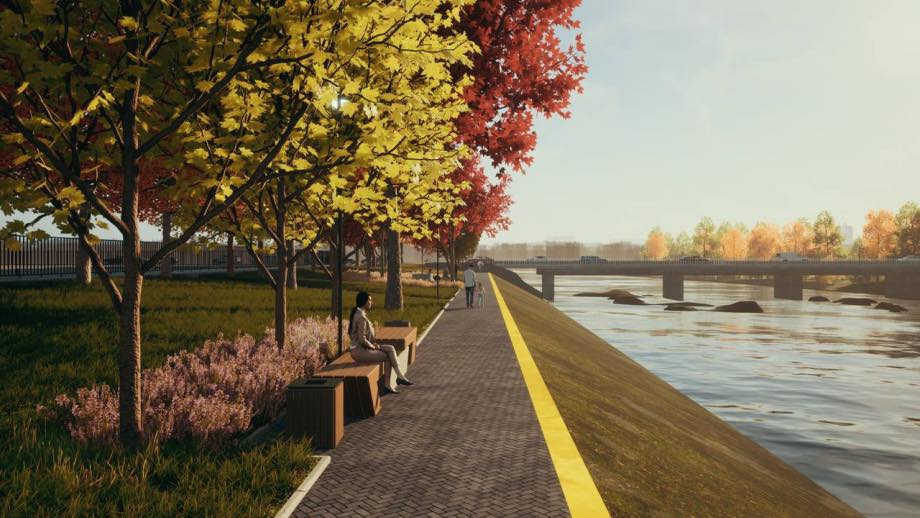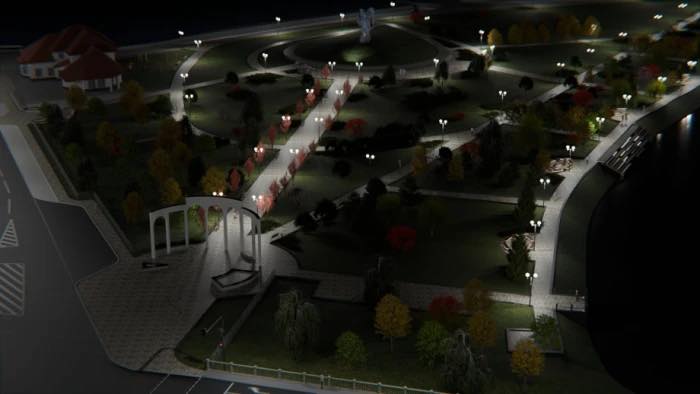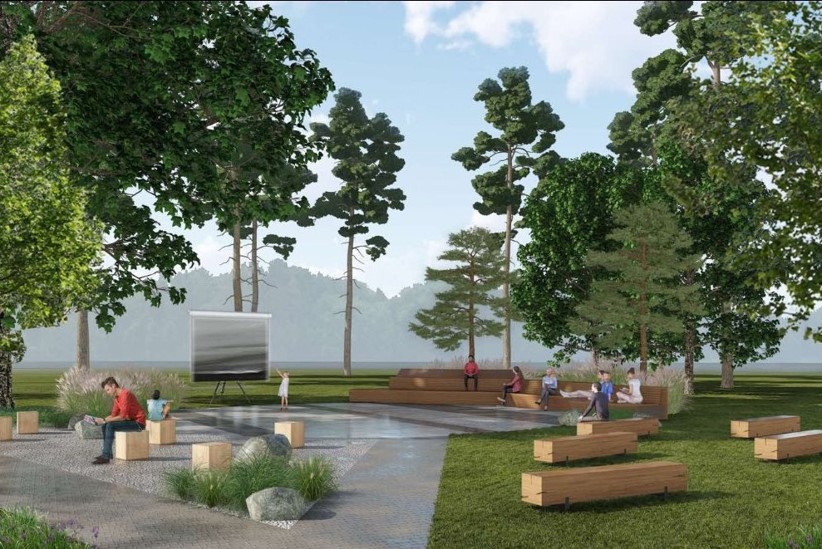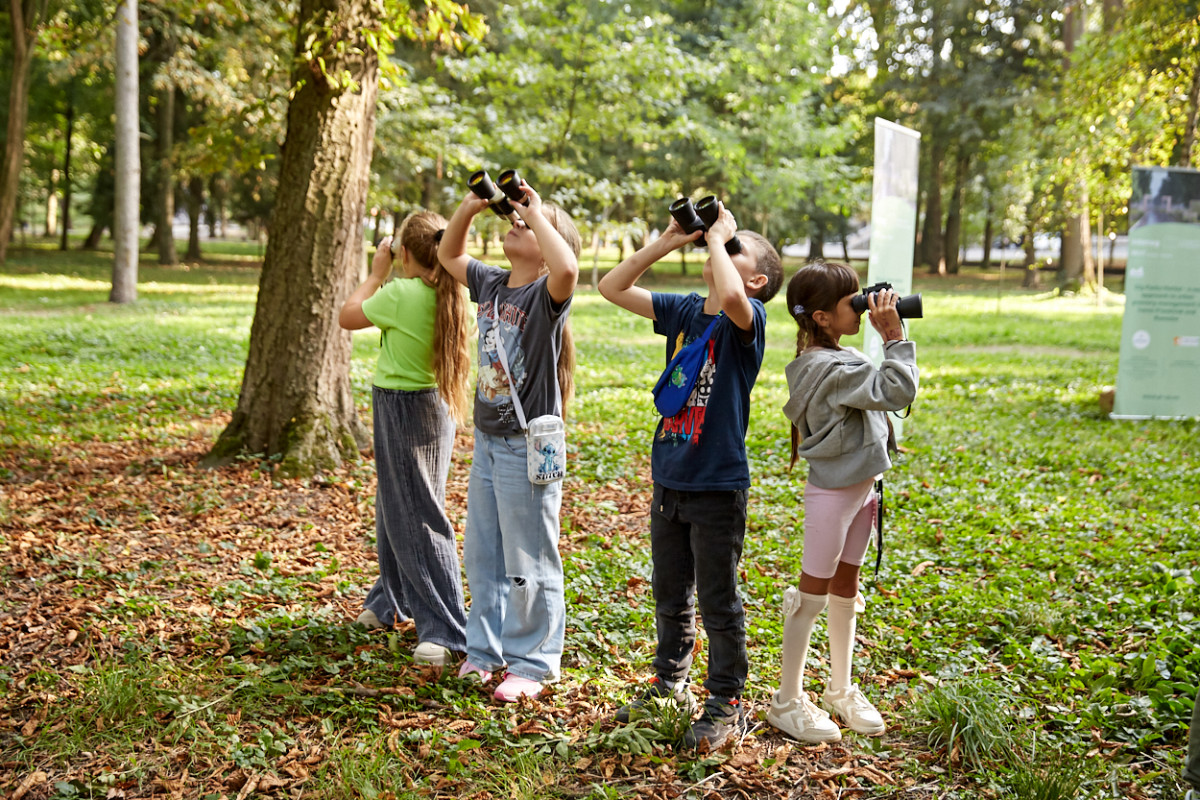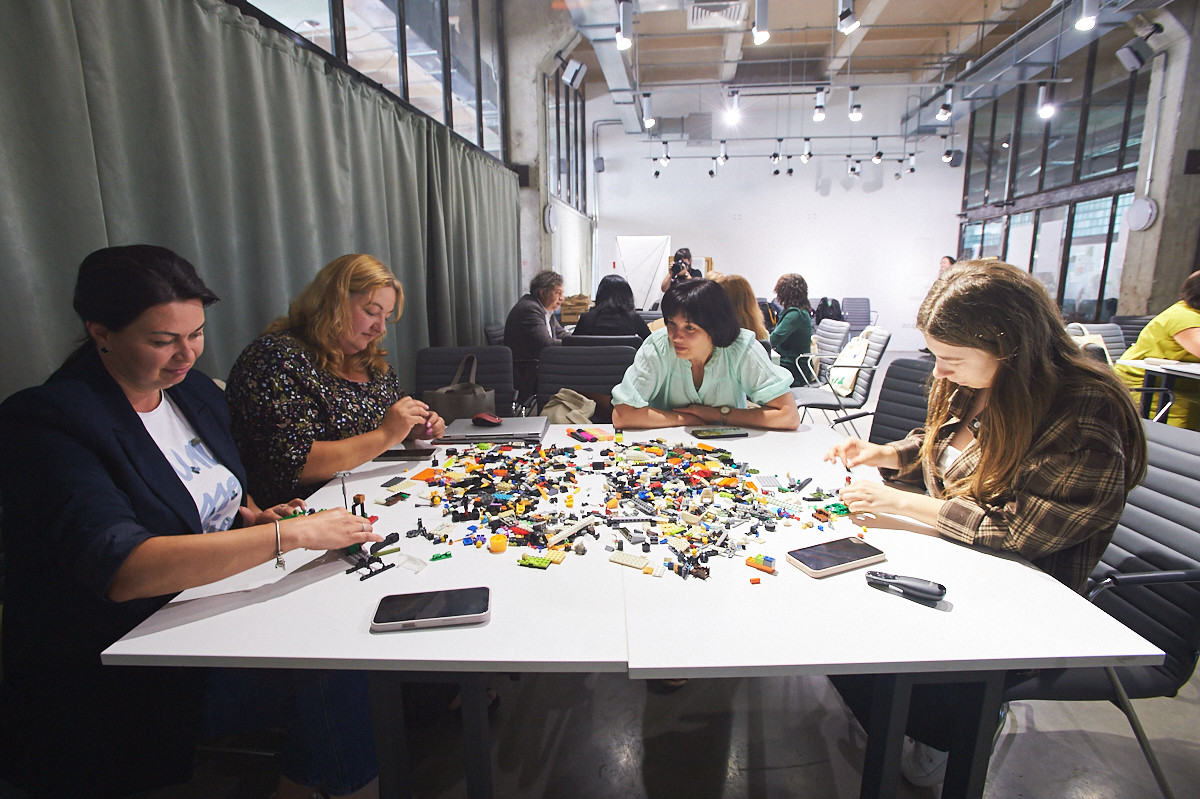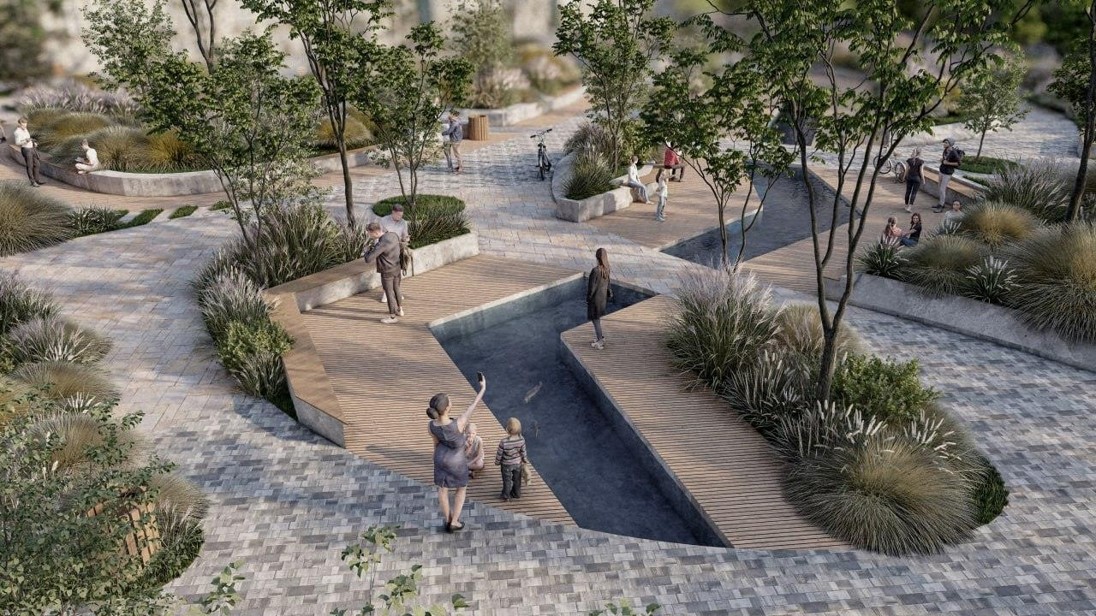How Green Spaces Adapt to People’s Needs and Environmental Challenges
Parks are far more than decorative green spaces in cities. In the 21st century, they serve as tools for climate adaptation, spaces for social cohesion, centres for biodiversity preservation and innovative models for managing the urban environment. These trends are also relevant in the Polish-Ukrainian borderland, where green infrastructure management is closely linked to various environmental, social, and economic challenges. Local communities are seeking effective solutions through cross-border cooperation projects.
Experiences of initiatives such as GreenAction, WildInCity, ParksMatter and CitiesOfGreen, implemented under our Programme, demonstrate how parks are being gradually transformed from fragmented and often neglected green areas into multifunctional adaptive systems.
From Recreational Areas to Climate Adaptation Infrastructure
Ten to twenty years ago, city parks were mainly considered places for leisure walks. Today, their role is expanding: they contribute to addressing ecological, social, and infrastructural needs.
Key directions of transformation include:
• Climate resilience: Strategies for heat reduction, stormwater retention, and air quality improvement.
• Biodiversity preservation: Development of urban biotopes, protection and enhancement of valuable ecosystems, and creation of ecological corridors for species migration.
• Social functions: Opportunities for inclusive recreation, education, and strengthening community ties.
• Urban value: Improving the quality of life, developing ecotourism, and increasing the attractiveness of surrounding areas.
These elements underpin projects supported by our Programme under the ENVIRONMENT priority. United by the common idea of creating modern spaces that are both comfortable for residents and supportive of the environment, they applied different approaches and tools to achieve this.
GreenAction: Parks as Climate Adaptation Infrastructure
The project GreenAction demonstrates how parks can integrate engineering solutions while preserving their natural appearance.
Key practices:
• Strengthening riverbanks through tree planting
• Establishing stormwater retention areas and greenery to mitigate the effects of heat and heavy rainfall
• Designing “natural” landscapes that require low maintenance
• Educational activities and community engagement in planning and greening public spaces
✅ Outcome: Parks become part of municipal climate risk management systems rather than being solely aesthetic spaces.
WildInCity: Coexistence of Cities and Wildlife
The project WildInCity focuses on integrating wildlife into urban environments. Traditionally, parks are too cultivated — frequent mowing, pruning and removal of deadwood reduce habitats for birds, insects and small mammals.
WildInCity introduces a new balance by:
• Establishing “wild zones” with natural vegetation and ecological microhabitats.
• Creating eco-trails, a “Green Classroom” and quest routes to raise awareness about urban biodiversity.
• Implementing protective measures for old trees.
• Joint environmental education for audiences of different ages.
✅ Outcome: Residents better understand ecological processes, while urban fauna gains preserved habitats.
ParksMatter: New Models of Green Space Management
The project ParksMatter focuses not only on greening but also on management. Creating a park is one thing; ensuring its long-term sustainability is another.
Main innovations:
• Development of park management models with extensive participation of diverse target groups, including the use of Lego Serious Play.
• Approval of a Strategic Plan for managing green spaces.
• Creation of an integrated system for green asset monitoring (inventory of three parks and electronic tree database).
• Strong social dimension — dialogue with communities, large-scale environmental education and inclusive recreational zones.
✅ Outcome: Parks are recognised as elements of municipal governance, enabling long-term, systematic development.
CitiesOfGreen: Green Infrastructure Without Borders
The project CitiesOfGreen focuses not only on the development of individual green areas, but also on creating a network of pocket parks, as demonstrated in Siedlce. In addition, the project emphasises enhancing biodiversity by promoting native plant species and considering local landscape characteristics.
Best practices involve:
• Establishing multiple small green spaces across the city.
• Replacing uniform park plantings with a diverse mix of trees, shrubs, and herbaceous plants that ensure year-round attractiveness, with an emphasis on native species and planting mature trees.
• Creating various functional zones based on residents’ needs.
• Going beyond park boundaries — distribution of seedlings to households, conducting educational activities.
✅ Outcome: Green networks become structural elements of cross-border community development, bringing environmental and socio-economic benefits.
Key Lessons for the Future
Based on the experience of the four projects, several important trends and successful practices can be identified and applied in future initiatives, thereby expanding the reach of effective solutions.
| Direction | Practice | Result |
|---|---|---|
| Climate adaptation | Stormwater-retaining green infrastructure, expansion of green areas | Reduced heat and flood risks, cleaner air |
| Biodiversity | Zoning (wild/recreational areas), preservation of native species, wildlife care | Balanced use of nature and public spaces |
| Governance | New administrative and monitoring models | Balanced use of nature and public spaces |
| Social integration | Education and community participation | Sustainability and transparency |
| Inclusiveness | Functional zones for different user groups, physical accessibility | Equal access for all |
| Cross-border cooperation | Joint planning and solutions | Synergy and knowledge transfer |
Hidden risks
While there may be good intentions to create attractive and functional spaces, these can be undermined if the “hidden pitfalls” are not noticed.
• Maintenance funding: Projects often include the creation of parks, but not always their maintenance or long-term development strategy.
• Functional conflicts: It is not always easy to combine nature protection, recreational and service functions in parks; “beautiful” and “comfortable” do not always mean “environmentally friendly”.
• Climate uncertainty: Extreme weather conditions require flexible planning and the selection of species adapted to climate change.
• Unequal access: Not all population groups have the same opportunities to use green spaces.
• Insufficient communication and community involvement: This can lead to misunderstandings and resistance among residents. “Why is there a weed patch here instead of a flower bed?”, “Why spend money on a park? Aren’t there more urgent needs?”
Recommendations
| 1. Integrated planning: Parks should be included in city-wide ecological strategies. |
| 2. Zoning: Combine natural and recreational zones while ensuring clear communication to the public. |
| 3. Long-term management: How to maintain parks after project completion? Namely, by: • Transferring maintenance to municipal institutions; • Establishing new protected areas with special administrations responsible for management and biodiversity conservation. When developing justification for the protected area, the appropriate category must be selected based on the park’s functions and characteristics, in accordance with the environmental legislation of the respective country. After designation as a protected area, management and maintenance plans are developed for a period of 5–10 years, depending on the category. • Involving partner organisations. |
| 4. Monitoring: Regularly collect data on biodiversity, climate indicators, and resident satisfaction. |
| 5. Community engagement: Foster volunteering, citizen science, and environmental education. |
| 6. Interregional cooperation: Share developed models with other cities and communities. |
Parks have long exceeded the role of “places for walking”. Today, they serve as mechanisms to adapt to climate change, preserve nature, provide spaces for rehabilitation and strengthen communities — and, thanks to our projects, enable fruitful cross-border cooperation.
The experience of the GreenAction, WildInCity, ParksMatter and CitiesOfGreen projects proves that a modern park is a living system that responds to future challenges while creating a comfortable and safe environment for both people and nature.
